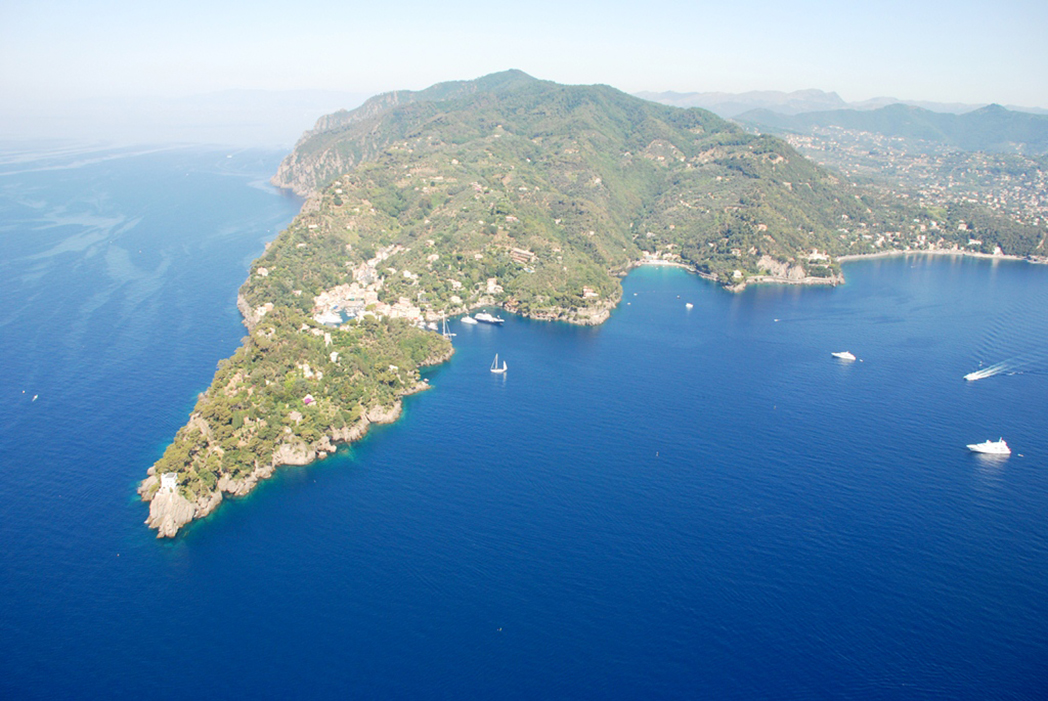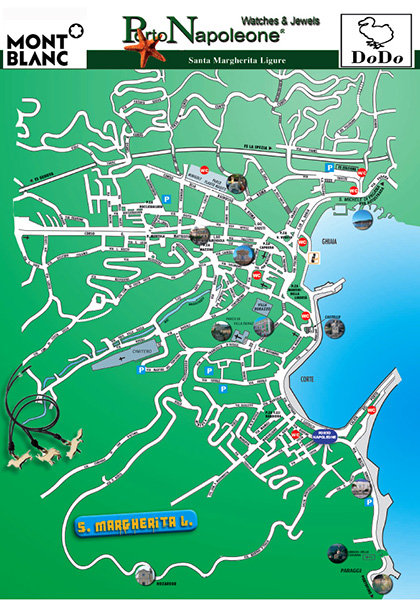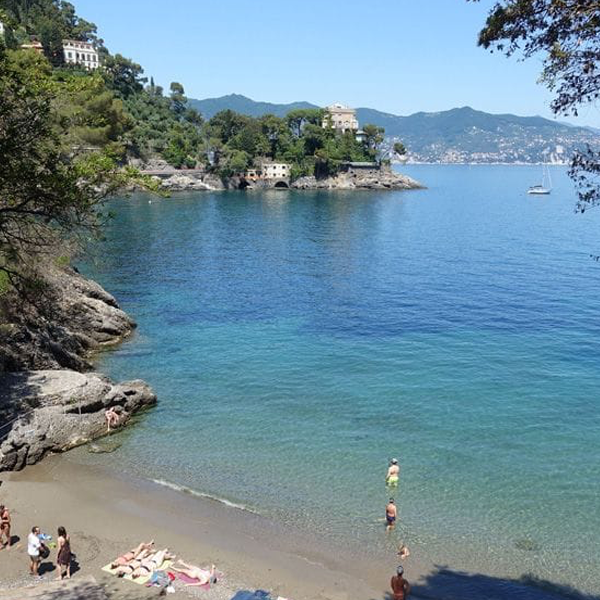We start from the Port of Santa Margherita Ligure where the “carriage road” to Portofino begins.
After a few meters on the right of the sidewalk stands the Grand Hotel Miramare, a blue hotel jewel of 1903.
From one of these chambers Guglielmo Marconi in 1933 sent the first telegraph signals over 90 miles.
After a few meters on the right of the sidewalk stands the Grand Hotel Miramare, a blue hotel jewel of 1903.
From one of these chambers Guglielmo Marconi in 1933 sent the first telegraph signals over 90 miles.
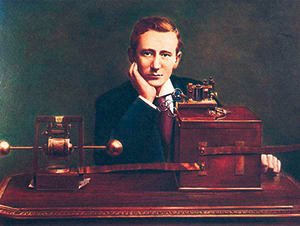
The complex of the former abbey of San Gerolamo della Cervara is in a splendid position overlooking the sea, along the state road that connects Santa Margherita Ligure to Portofino.
The place of great suggestion still maintains the charm of the original hermitage (hermitage).
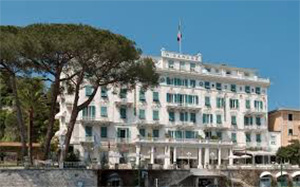
Guglielmo Marconi
(Bologna, 25 aprile 1874 – Roma, 20 luglio 1937). A lui si deve lo sviluppo di un efficace sistema di telecomunicazione a distanza via onde radio, ovvero la telegrafia senza fili o radiotelegrafo, che ebbe notevole diffusione, la cui evoluzione portò allo sviluppo della radio e della televisione e in generale di tutti i moderni sistemi e metodi di radiocomunicazione che utilizzano le comunicazioni senza fili, e che gli valse il premio Nobel per la fisica nel 1909.
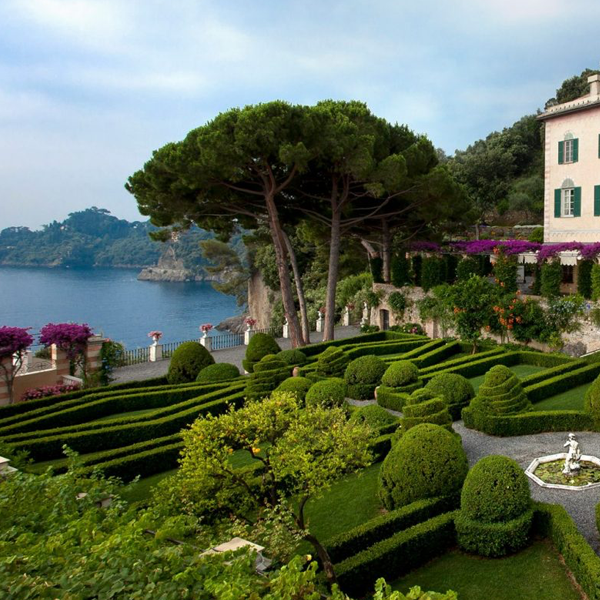
We continue towards Paraggi (about 1/2 hour on foot).
Halfway on the right we meet the spectacular Abbey of Cervara sec. XIV. The Benedictine monastery of San Gerolamo della Cervara was founded in 1361 and enlarged in the sec. XVI with the construction of the cloister and the tower.
The latter is typologically and dimensionally analogous to the Torre Doria of San Fruttuoso; if we add to this the contemporary construction, we can assume the intervention of the same architect: Giovanni Ponzello.
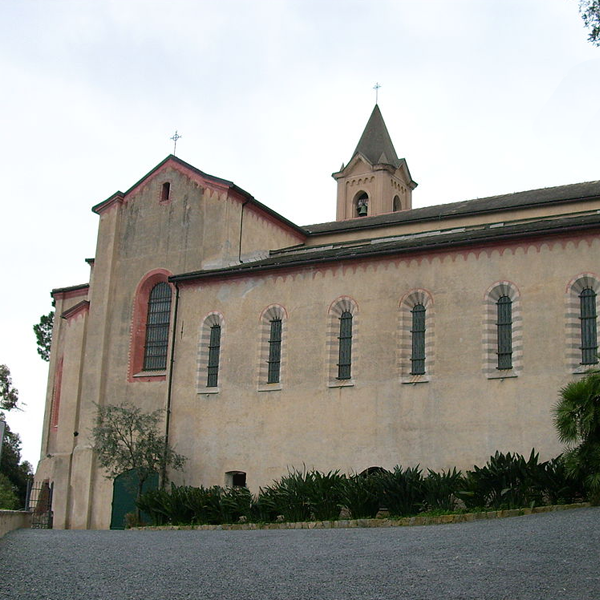
The Sauli family was responsible for the reconstruction of the church choir in the century. XVII and the commissioning of the polyptych with The Madonna and Saints by Gerard David, now partly preserved at the Palazzo Bianco Museum in Genoa.
The Cenobio was suppressed in 1798 and, after ups and downs of recovery and abandonment, in 1937 it was definitively purchased by private individuals.
The Benedictine monastery has been a national monument since 1912.
La costa
We continue and to the left the wooden walkway stretched out over the sea will make the walk even more exciting: finally here we are in Paraggi, the entrance to the bay is “defended” by the “Castle of Paraggi“.
The original square-plan tower on a scarp base with angular sentry boxes dates back to 1625, when the Republic of Genoa reorganized the defense of the coasts threatened by the Franco-Piedmontese. In 1890, now privately owned, it was raised and restored.
Paraggi delightful corner of Liguria immersed in the greenery of Monte di Portofino and in the turquoise and crystalline sea.!
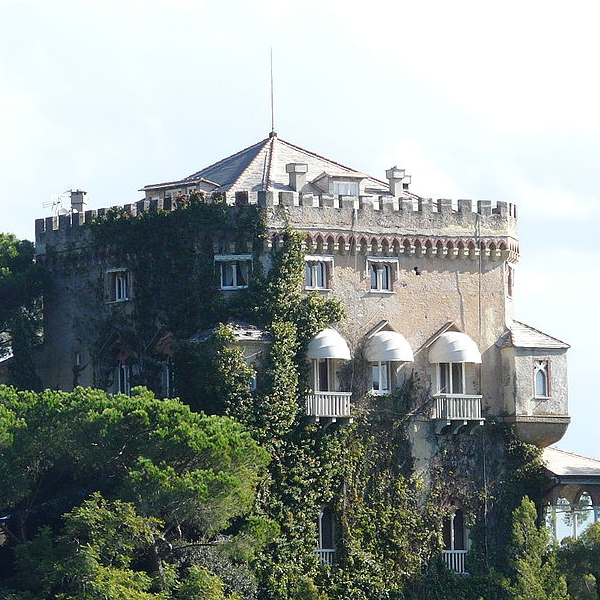
Paraggi – Portofino (1/2 hour hike).
We continue the walk using a splendid path that starts on the right at the end of the town of Paraggi, crosses a strip of mixed forest, mainly made up of holm oaks, and winds slightly higher than the state road that connects S. Margherita Ligure to Portofino. Along the way there are some detours, the downhill one allows, after crossing the provincial road, to reach the small sandy beach of “Niasca”, a natural jewel with the colors of the most famous tropical beaches. The main route, however, continues immersed in the Mediterranean flora.
At the end of a short descent, cross an asphalted road that leads to the Grand Hotel “Splendido”, to go uphill for a few meters until you enter the final part of the itinerary that leads to Portofino.
Once in Portofino you leave the pedestrian street near the Church of San Martino, which is the main church of the splendid village.

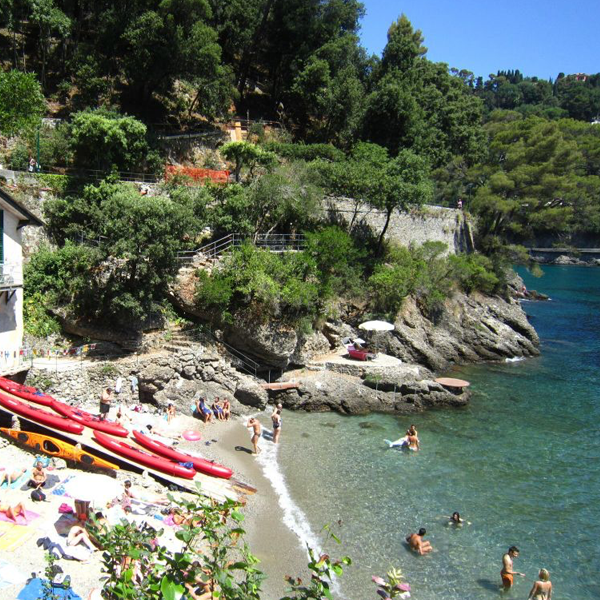
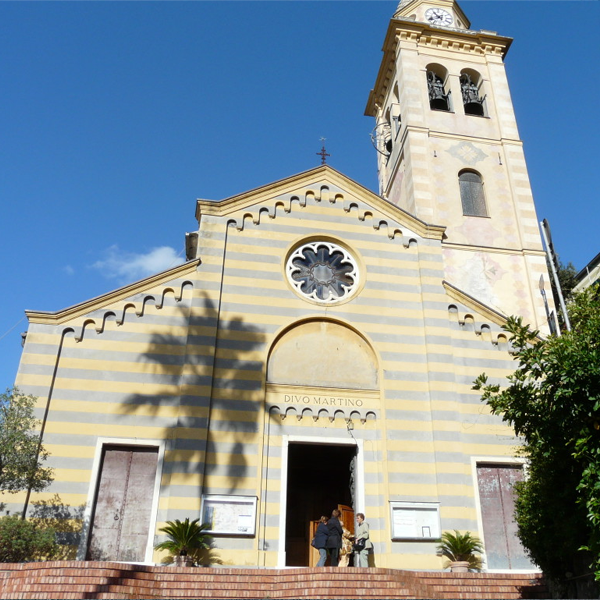
MAPS
